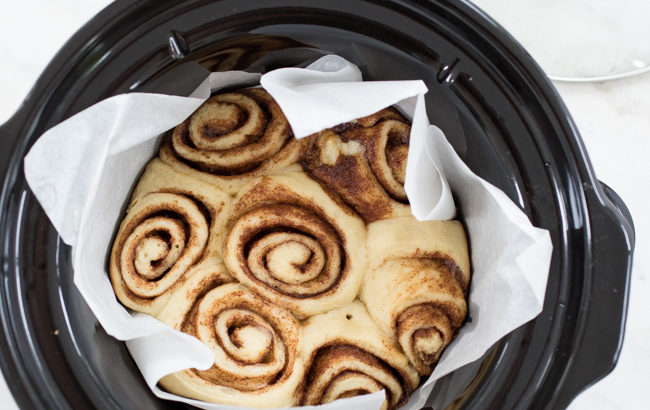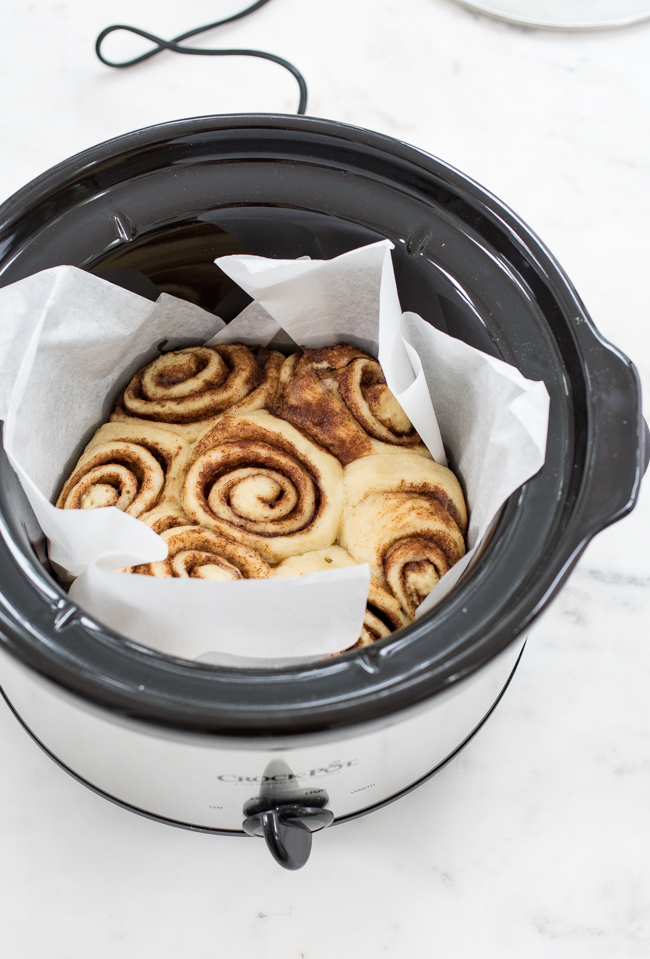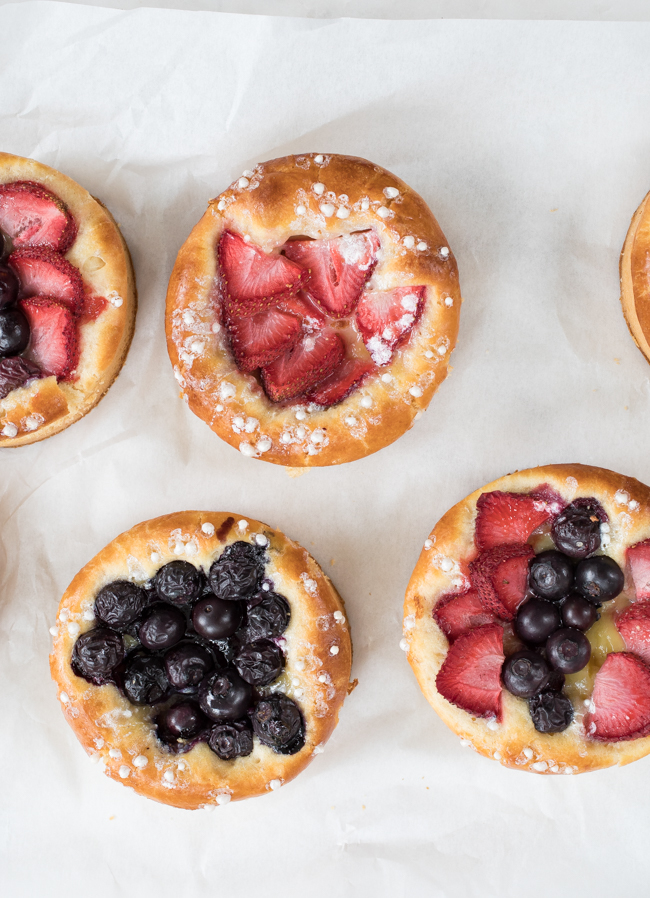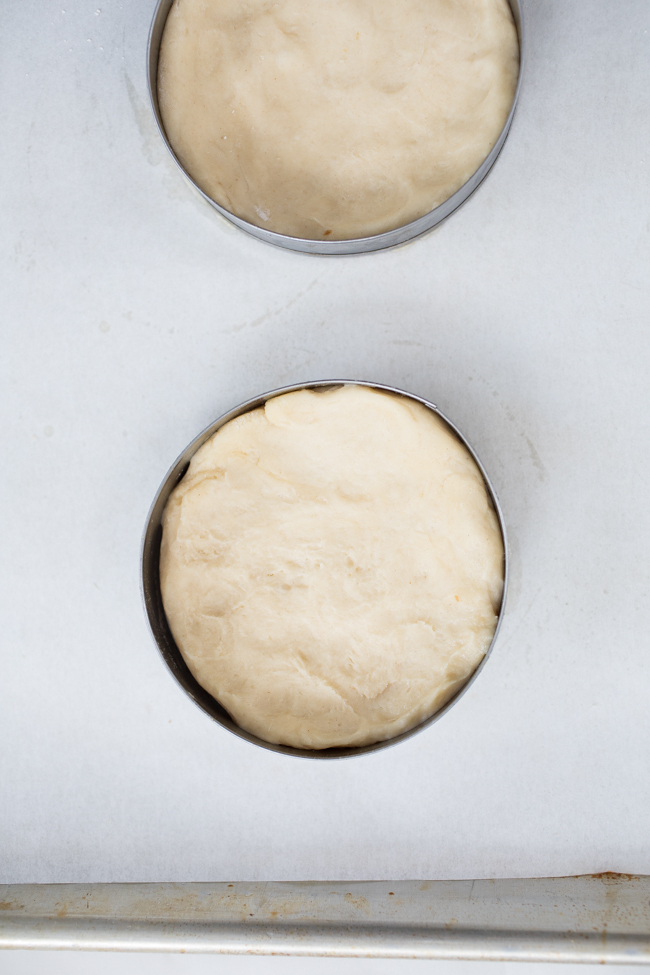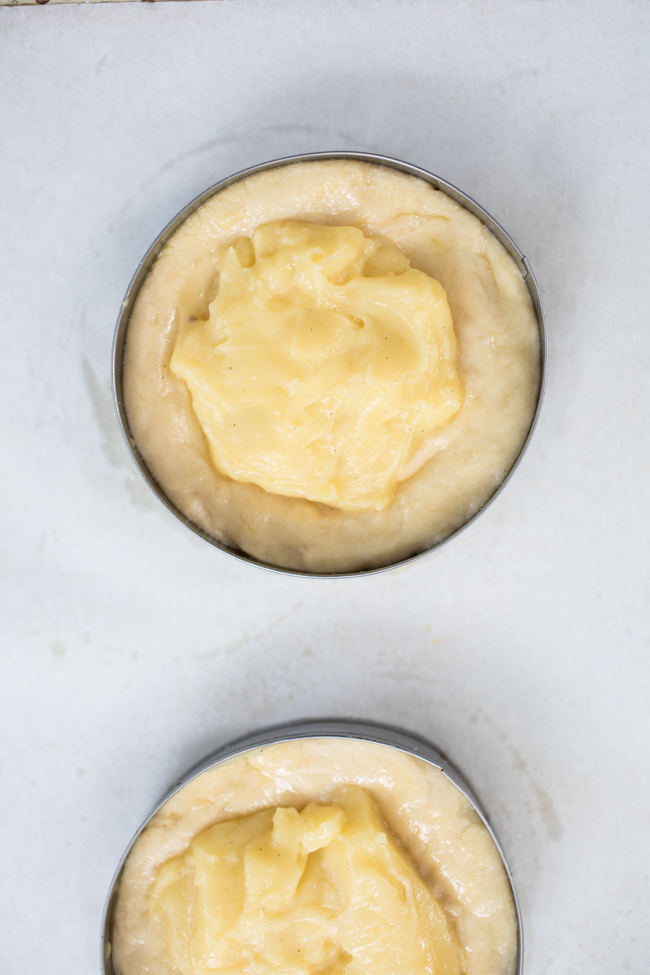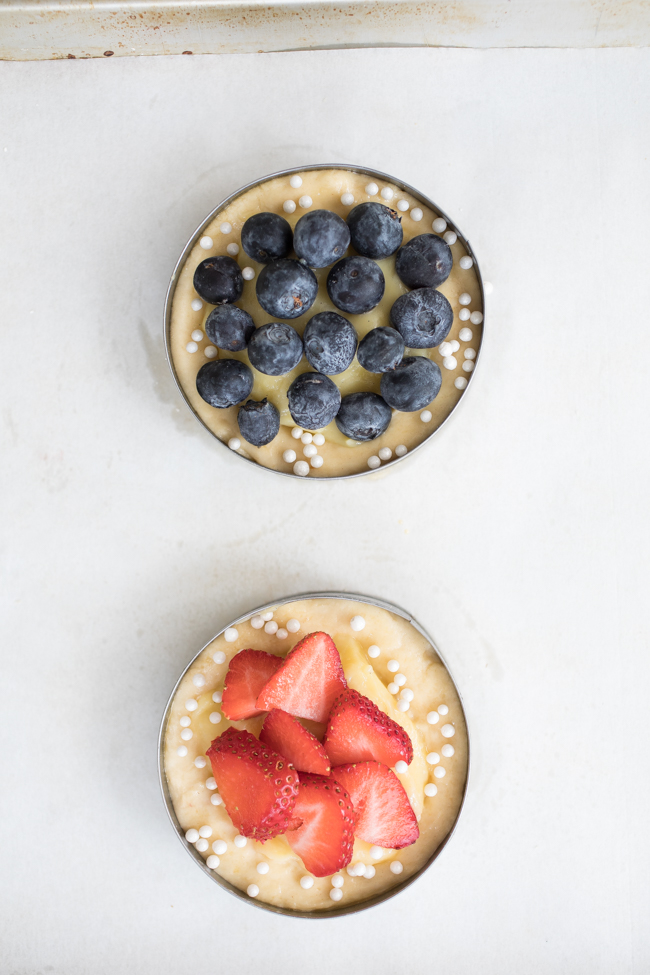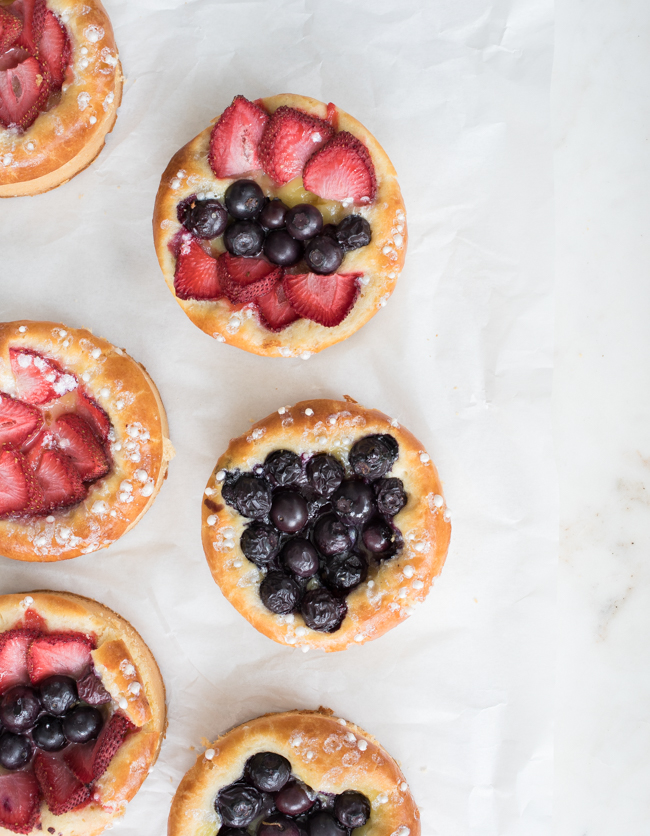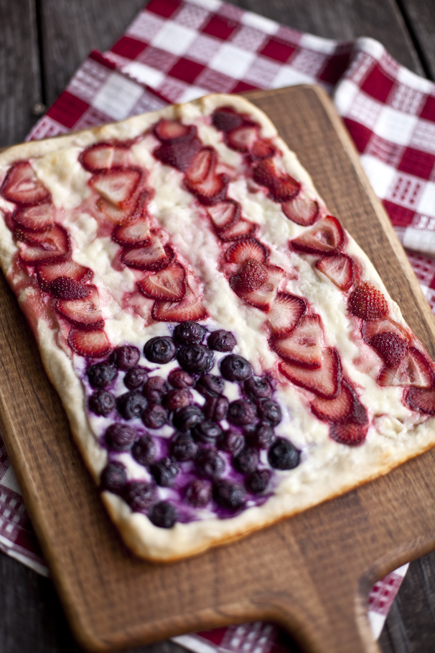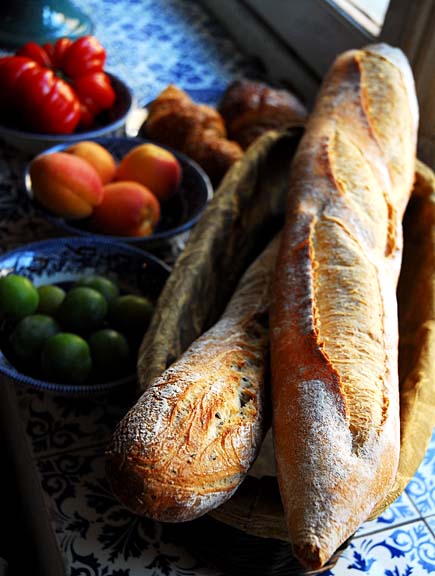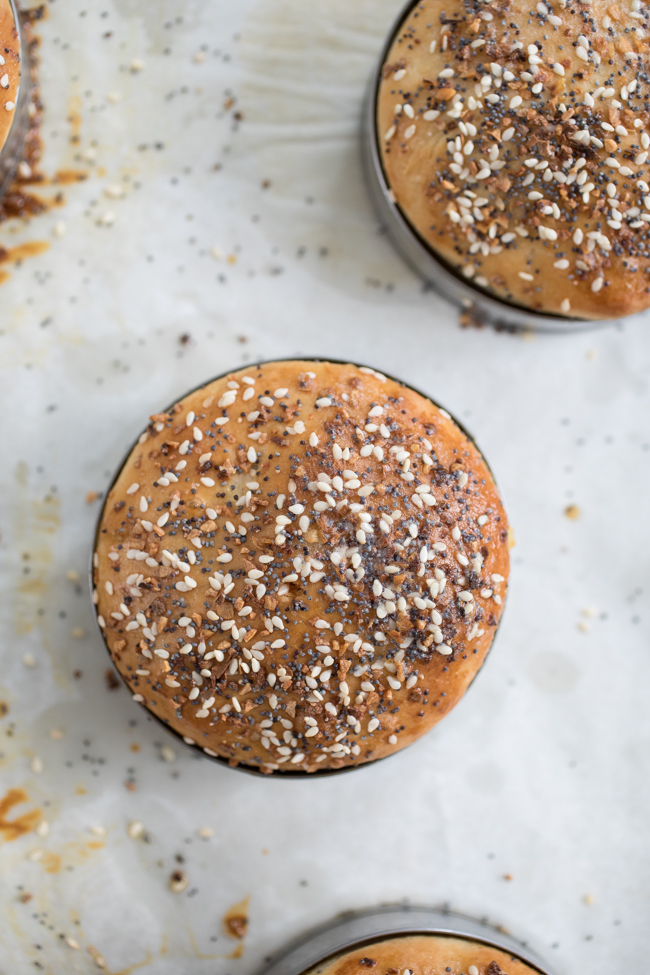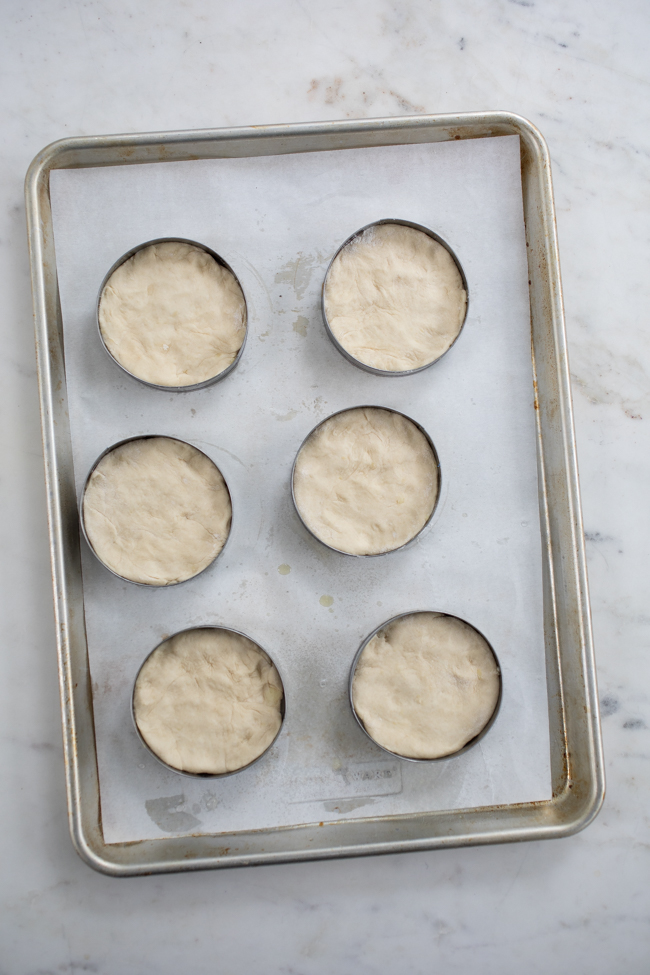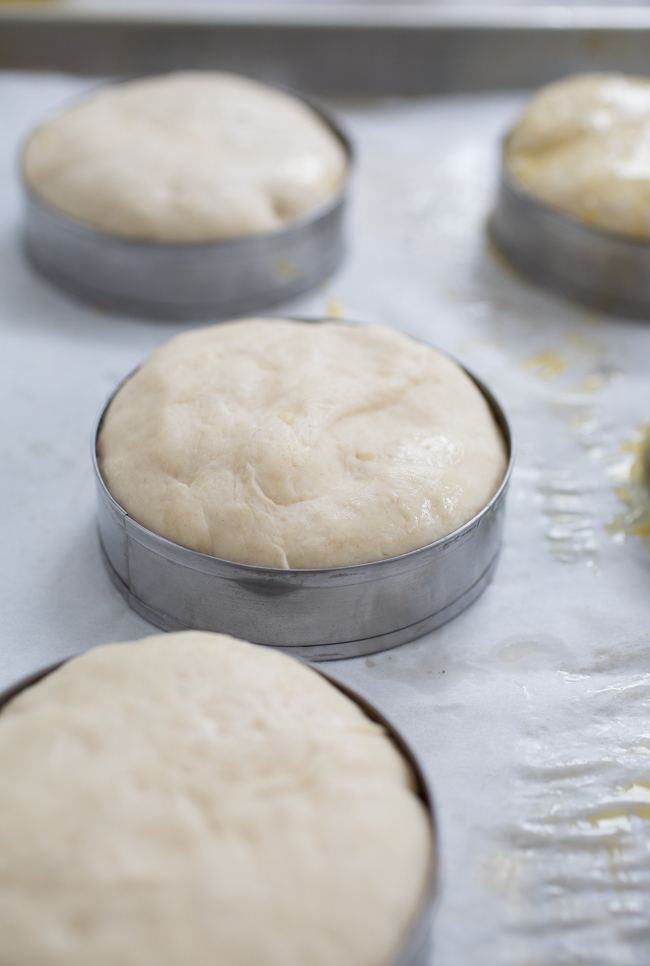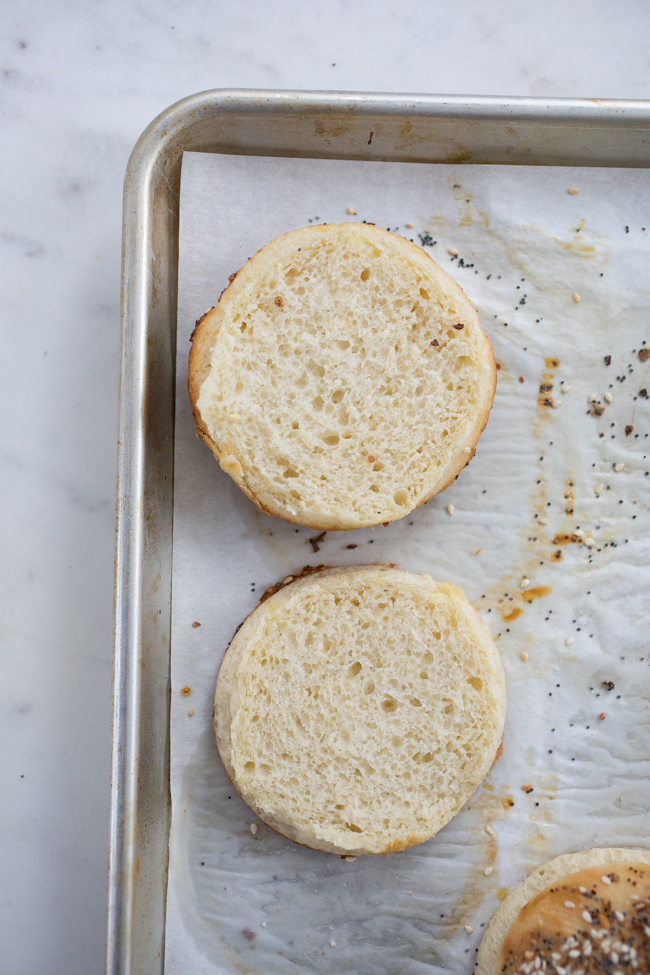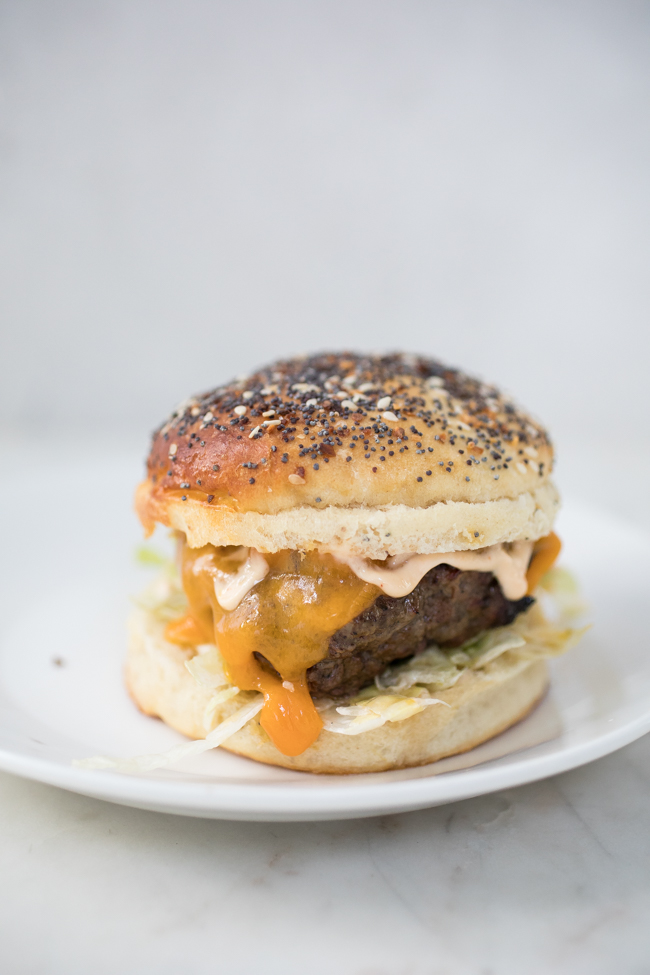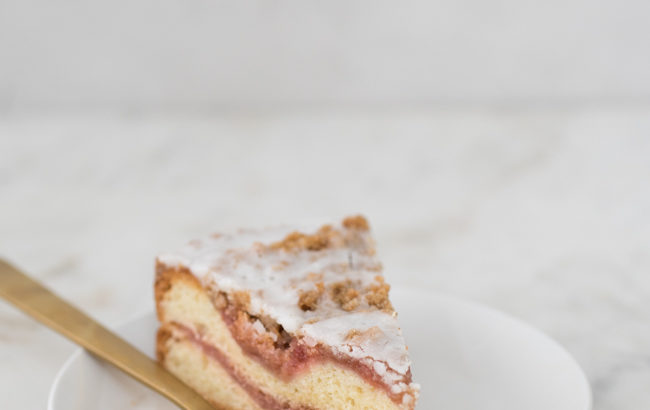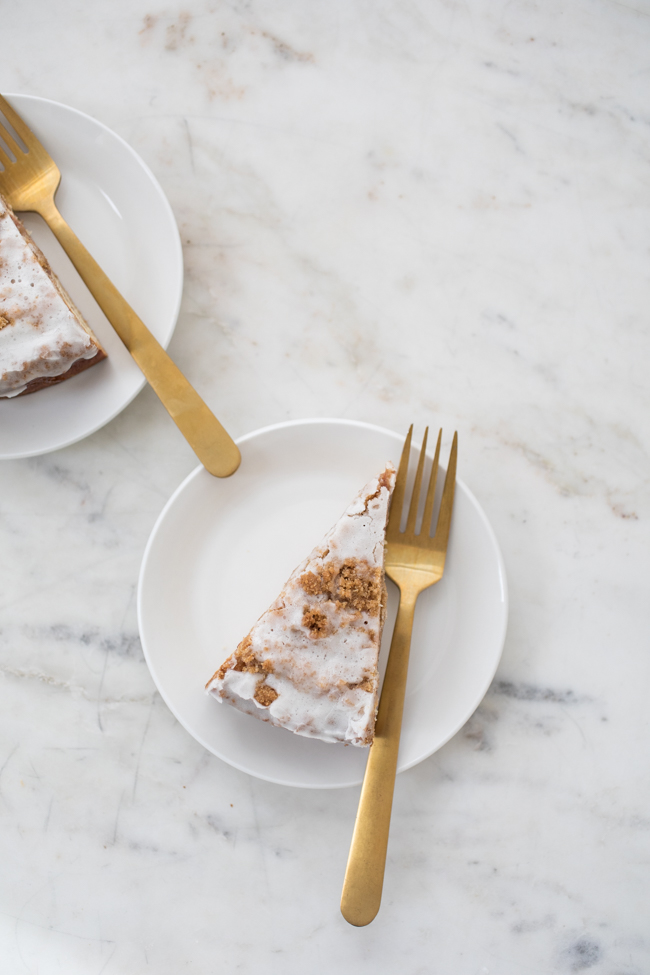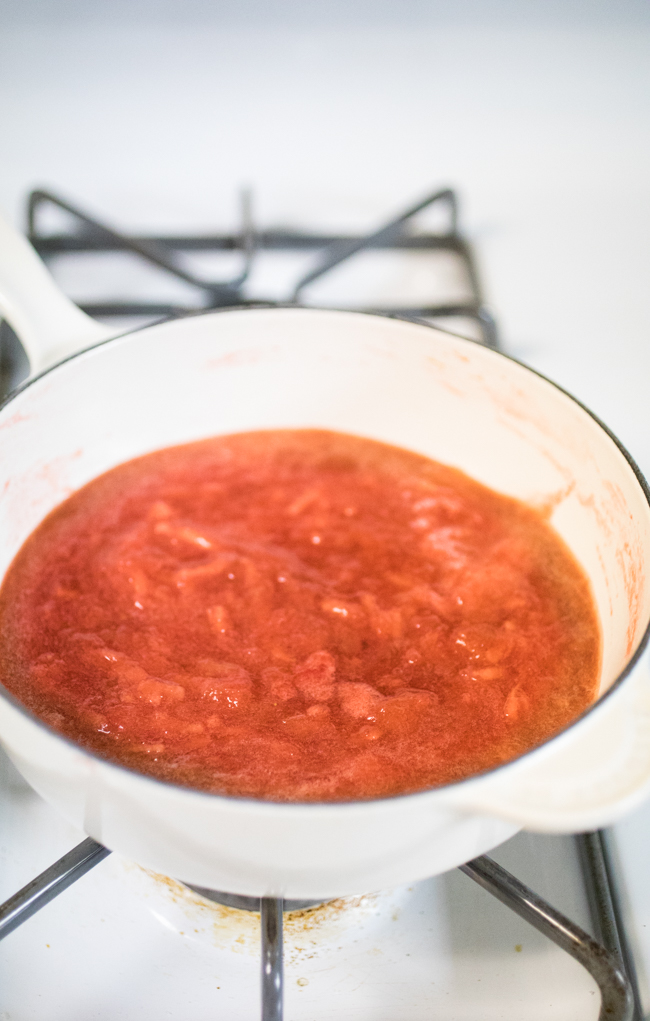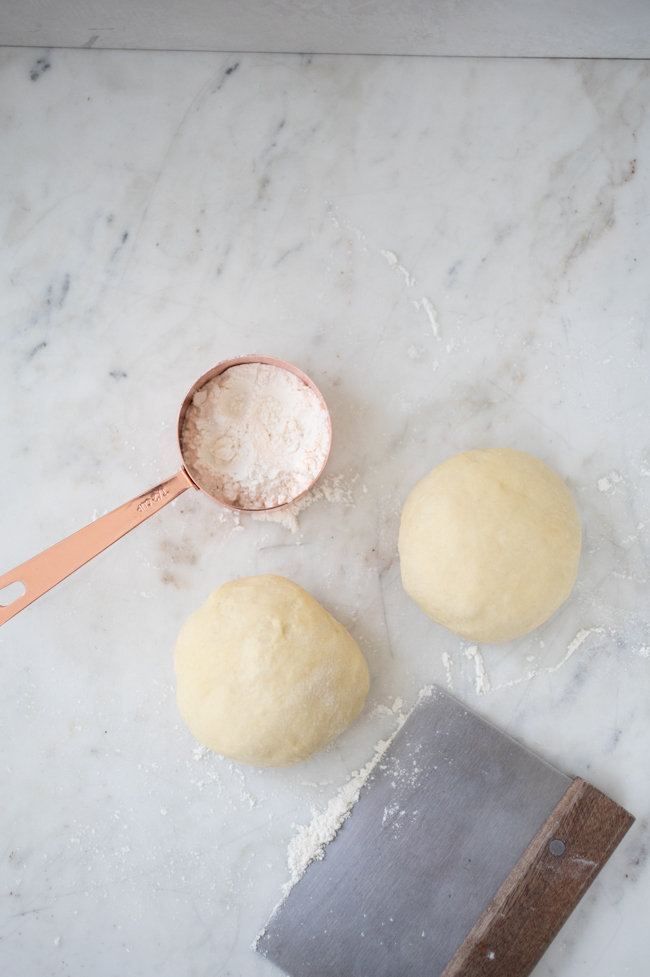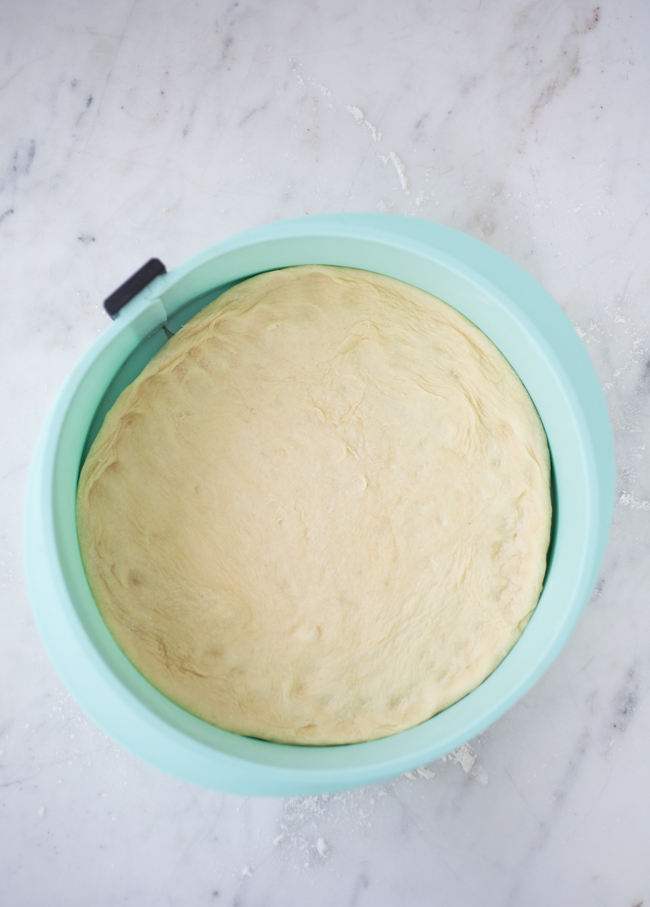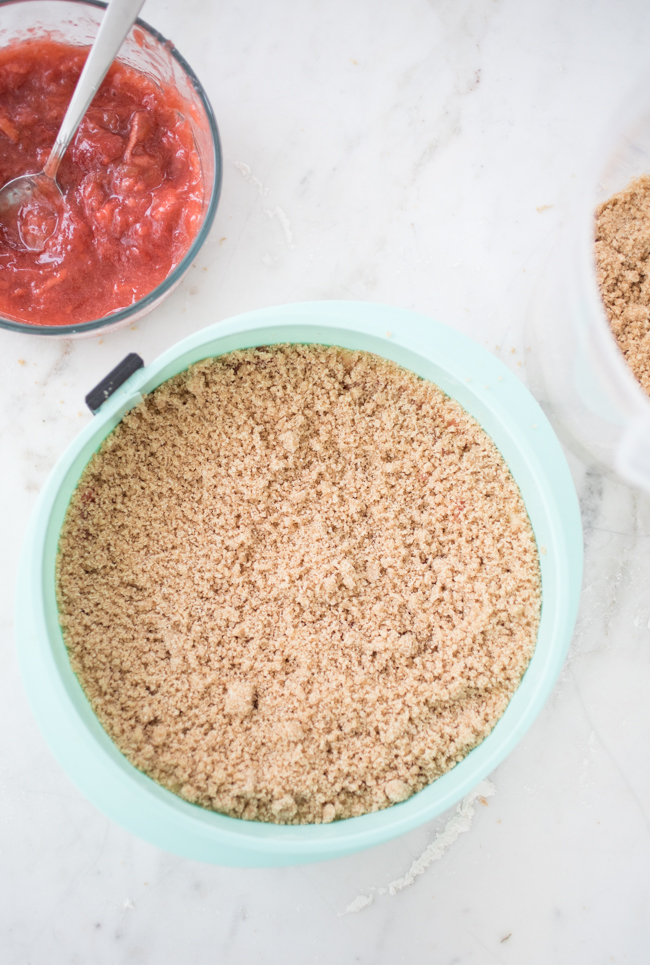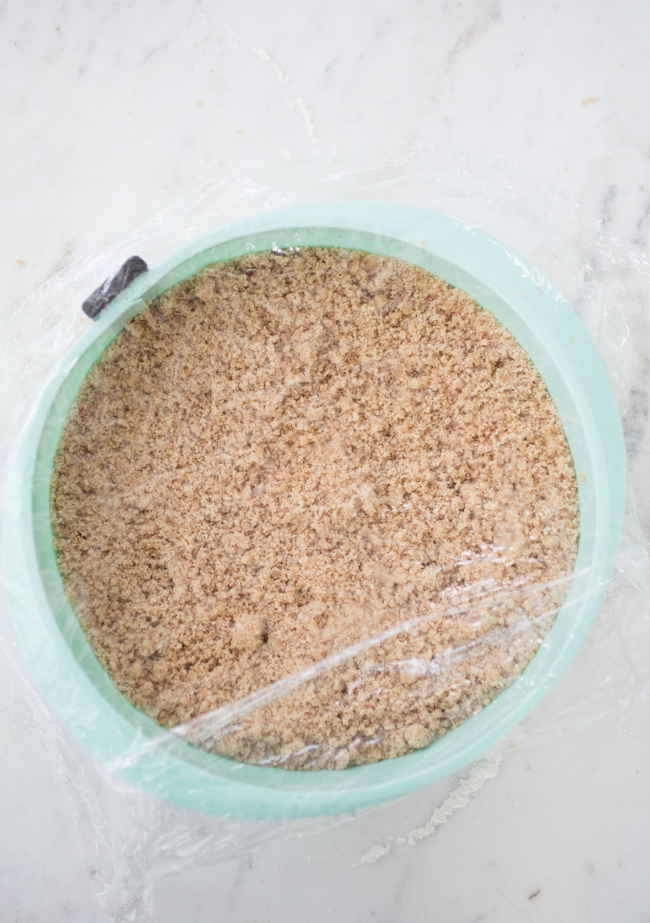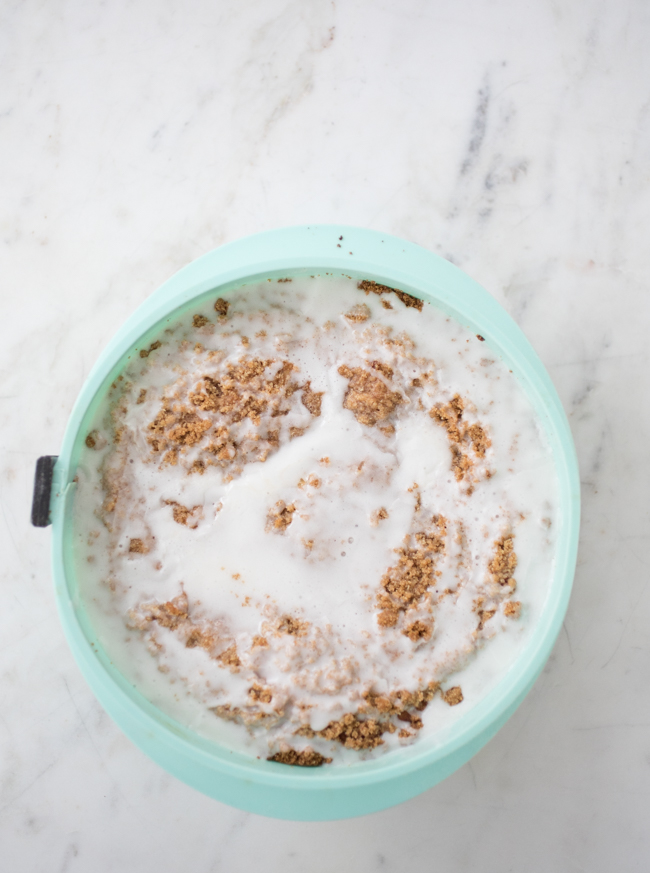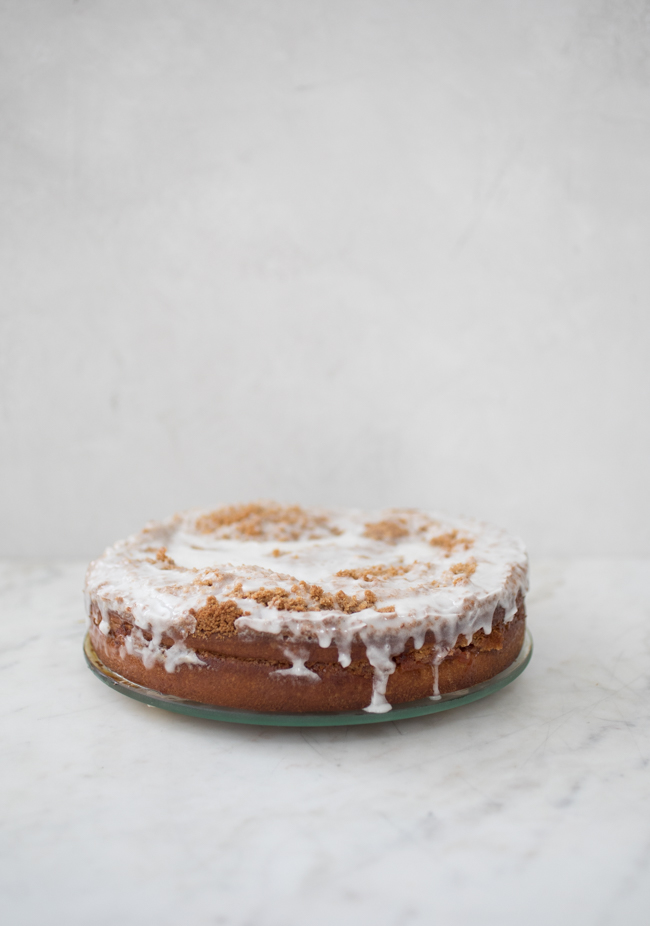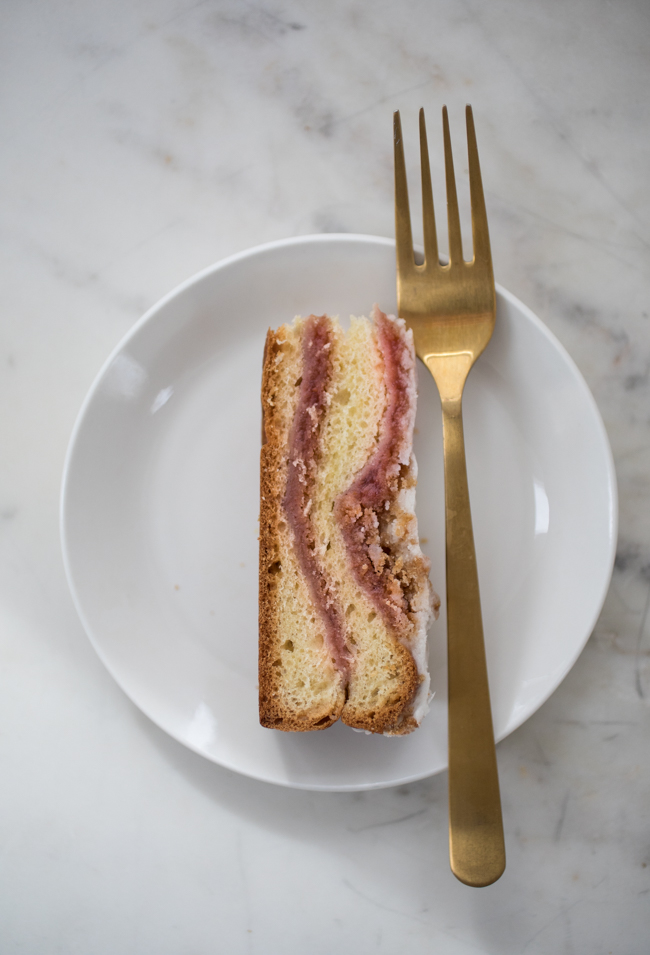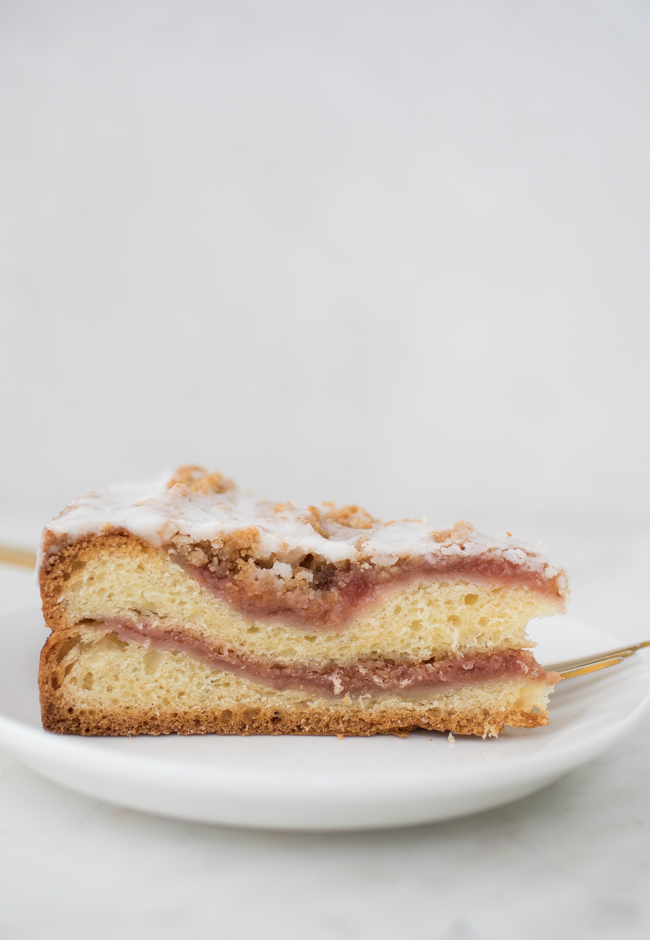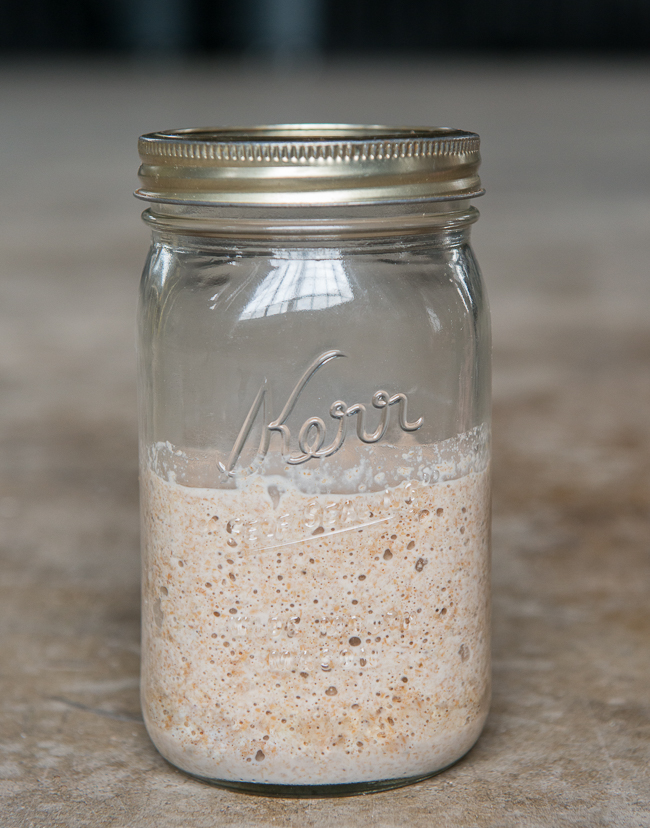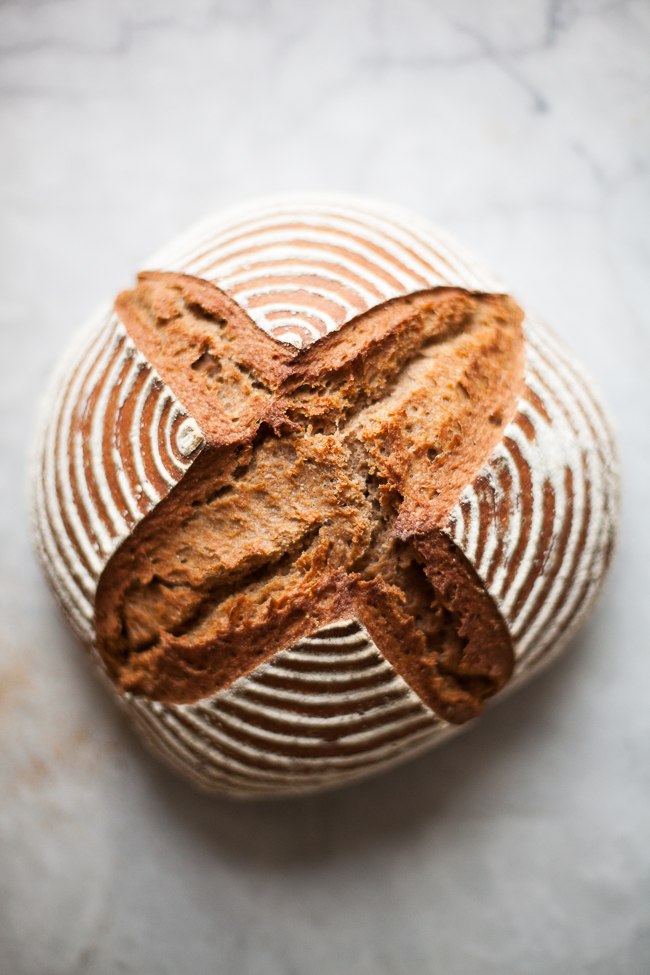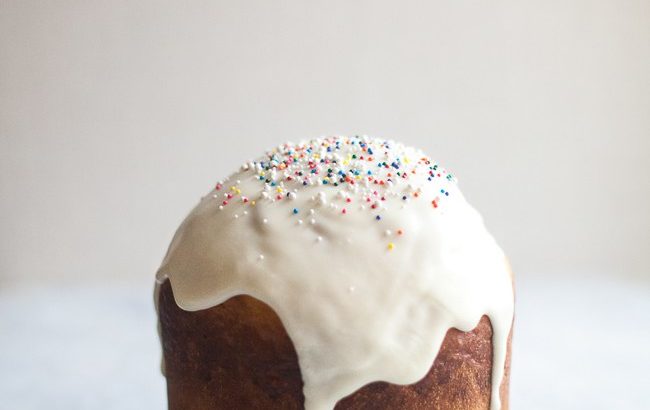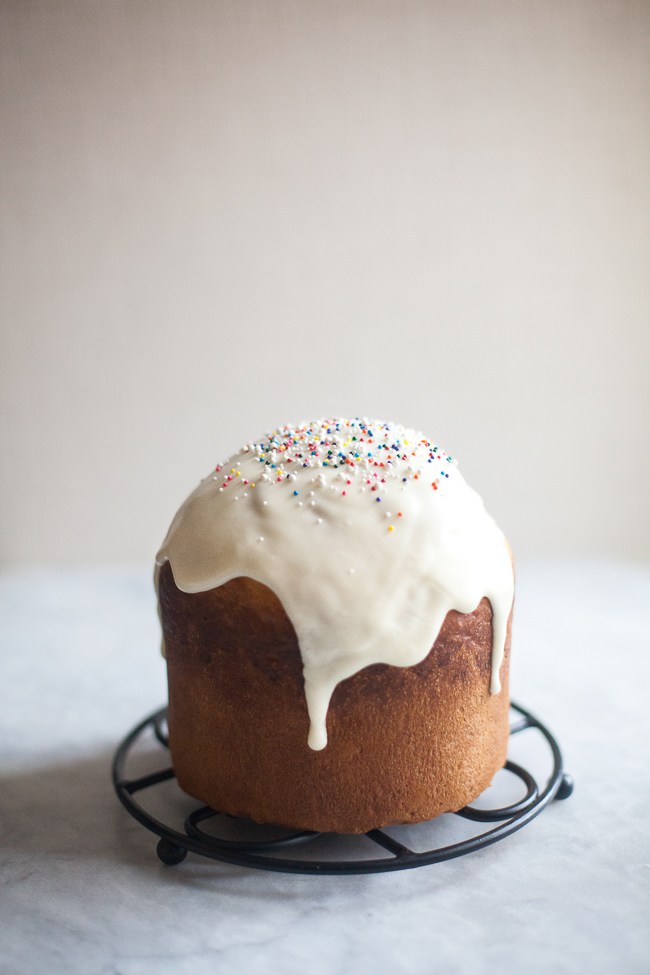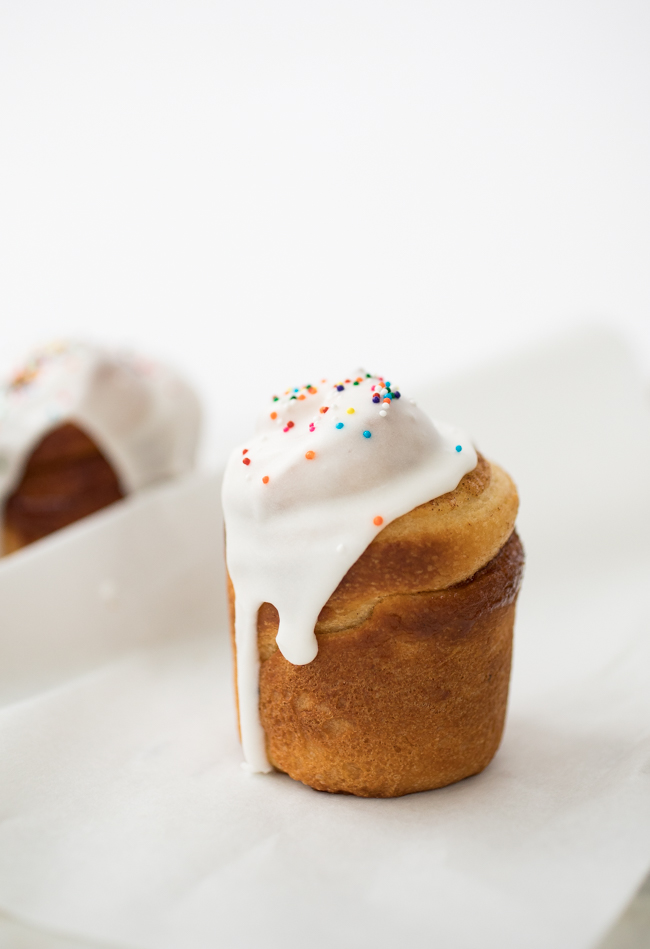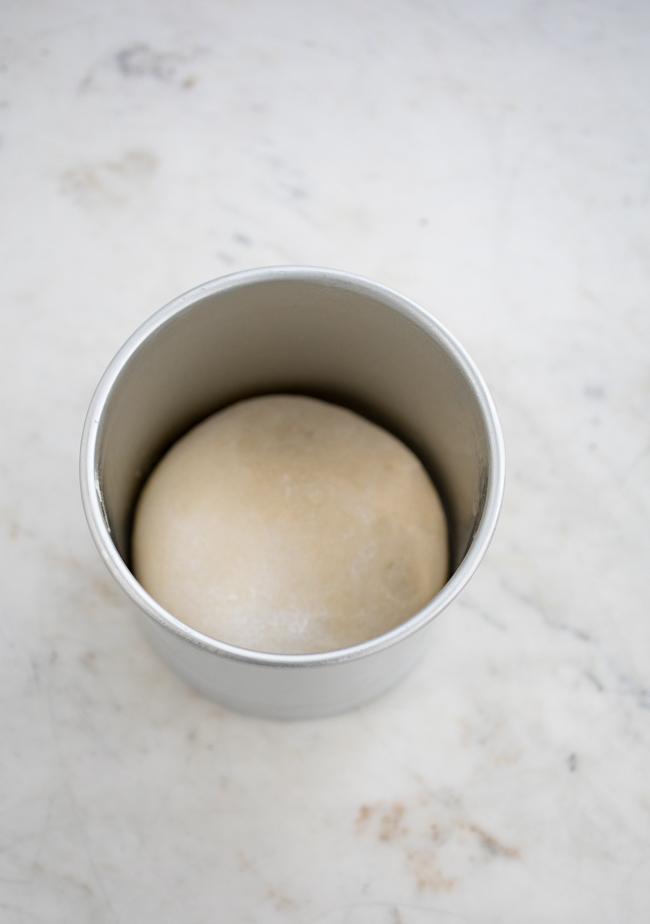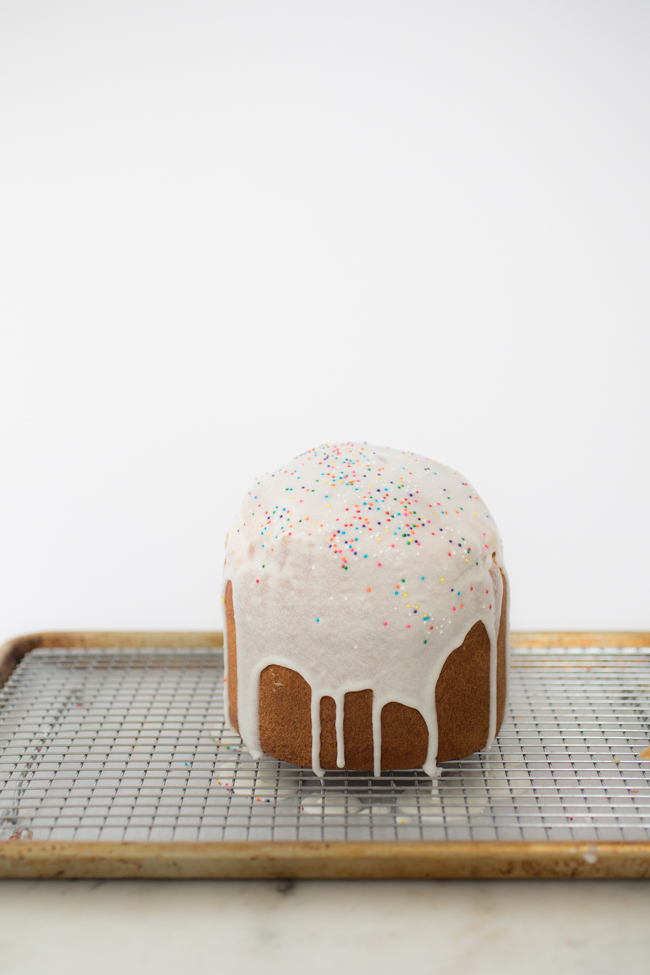
Blackberry Mascarpone Focaccia with Basil

We wanted to sneak in some summer berries before apples and pumpkin take center stage (and also take over the internet). This delicious focaccia bread is based on a recipe from Edd Kimber’s beautiful new cookbook, One Tin Bakes; his version uses fragolina grapes and rosemary. But I had blackberries in my fridge that needed to be used, some leftover Master dough, and my basil plant is currently larger than life, so Blackberry Basil Focaccia was born.
This focaccia is sweet: it’s dolloped with mascarpone and sprinkled with sugar, and the results are amazing. You will want to eat this the day it’s made, and I highly recommend digging in while it still slightly warm.

Blackberry Mascarpone Focaccia with Basil
Inspired by Edd Kimber’s One Tin Bakes
For the mascarpone topping
1/2 cup [4 ounces] Mascarpone
1 tablespoon granulated sugar
1/2 teaspoon pure vanilla extract
In a small bowl, mix the mascarpone, sugar, and vanilla together until combined.
For the focaccia
1 1/4 pounds dough, Master recipe, from New Artisan Bread in Five
4 tablespoons olive oil, divided
1 cup blackberries, chopped
4 tablespoons turbinado sugar

Pour two tablespoons of olive oil into a quarter sheet pan (a 9 x 13 pan will work, too) and use a pastry brush or your fingers to to rub it all over the base and up the sides of the pan. Place the dough into the pan, coating the bottom with oil, then turn the dough over so that both sides are coated in oil. Using your fingertips, gently spread the dough into the pan in an even layer. If the dough resists, let it rest a few minutes and try again, until the dough is nestled into the pan and into the corners. Lightly cover with plastic wrap and let the dough rise until doubled in size, about 1 hour.

Adjust an oven rack to the middle position and preheat the oven to 425F. Gently dimple the dough with your fingertips.

Scatter the blackberries evenly over the dough, then sprinkle the turbinado sugar over the top (it will look like too much sugar).

Dollop the mascarpone mixture over the dough, and then drizzle with the remaining 2 tablespoons of olive oil.

Bake the bread for 18 to 25 minutes, or until light golden.

Scatter the basil leaves over the top of the hot bread. Move the pan to a wire rack to cool for 5 minutes, then remove the focaccia from the pan and let cool on a wire rack (this helps it stay crisp).

Cut the bread into squares and serve. Best eaten the same day it’s made.
Note: BreadIn5.com is reader supported. When you buy through links on the site, BreadIn5 LLC earns commissions.






